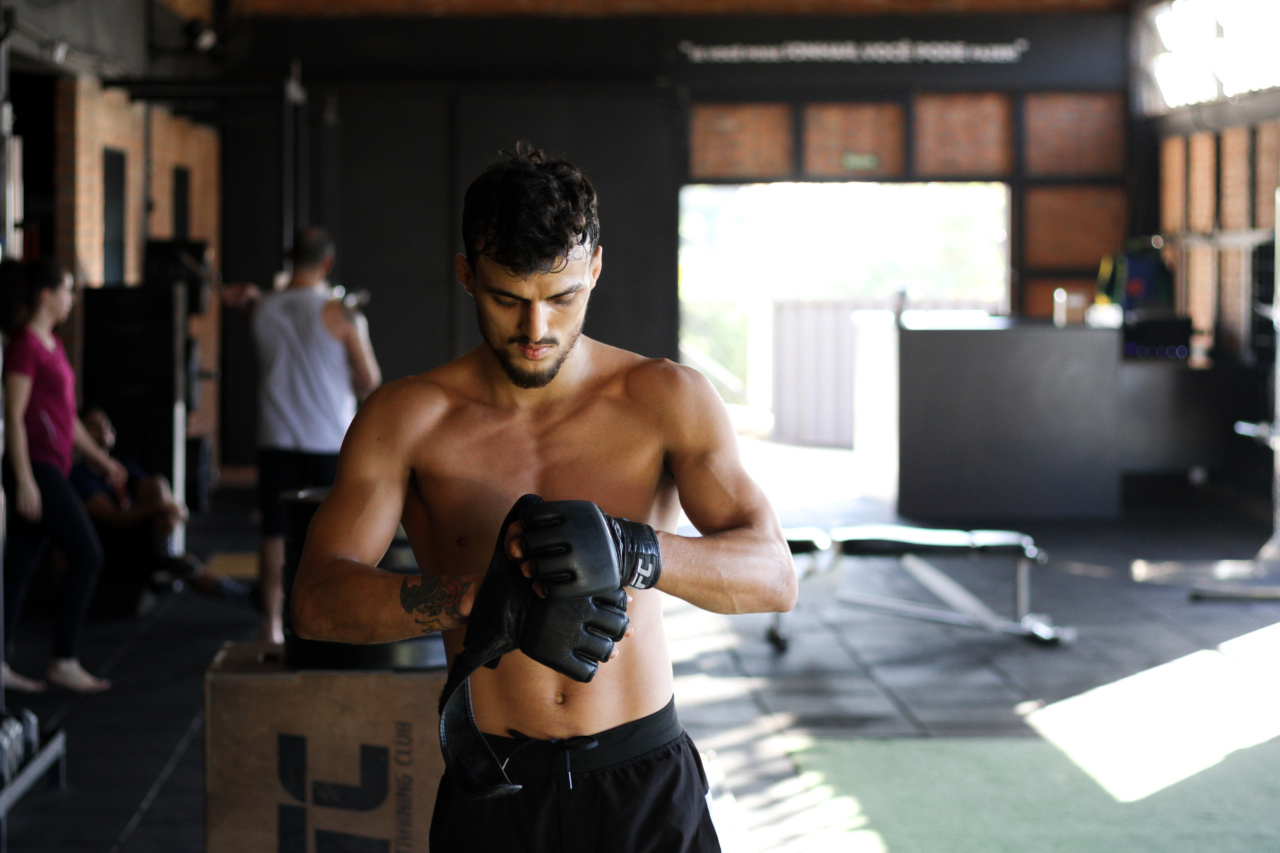Boxing and Mixed Martial Arts (MMA) are two of the most popular combat sports in the world. Millions of people watch these sports and thousands of individuals practice them on a professional level.
However, they also come with a serious risk: long-term brain damage.
The Impact of Boxing and MMA on the Brain
Head injuries in boxing have been well documented for many years. Repeated blows to the head cause the brain to move around inside the skull, damaging the brain cells and leading to chronic traumatic encephalopathy (CTE).
MMA carries similar risks to boxing, with research suggesting that the impacts in MMA may be even more intense and potentially more damaging. Although MMA is a younger sport than boxing, its popularity is growing quickly around the world.
When we consider the high levels of head trauma that MMA fighters are exposed to during their careers, it’s easy to see how the impact on their brains could be drastic.
Cases of Brain Damage in Boxing and MMA
Many professional fighters have suffered the effects of brain damage because of their boxing or MMA careers. One prominent example is boxing legend Muhammad Ali.
According to the American Brain Tumor Association, Ali was diagnosed with Parkinson’s disease, which many experts believe was directly related to his boxing career.
UFC fighter Spencer Fischer retired from MMA in 2013 and soon began to experience symptoms similar to those experienced by Ali.
In an interview with “The MMA Hour,” Fischer described his symptoms, saying that he was experiencing headaches, problems sleeping, and issues with his vision.
Another well-publicized case is that of former MMA fighter Jordan Parsons. Parsons was walking home along a Florida street when a car hit him, leading to brain damage and eventually causing his death.
While Parsons was not actively training for a fight when the accident occurred, his death serves as a stark reminder of the potential consequences of participating in combat sports.
The Role of Safety Measures in Preventing Brain Damage
The health and safety of fighters are paramount when considering the future of boxing and MMA. While most combat sports have safety measures in place, there is a question of whether they are enough.
Boxers and MMA fighters wear headgear and mouthguards to protect themselves from serious injury, but these measures don’t go far enough in preventing long-term damage.
There are some additional efforts toward protection that can be taken. For example, fighters should be required to have medical checkups more frequently, including brain and body scans, to assess the extent of any damage.
Fighters should also be encouraged to take more time off between fights to allow their brains adequate time to recover.
In conclusion, while boxing and MMA will undoubtedly continue to be popular combat sports, we must recognize the risks associated with them.
We need more research to determine the extent of the damage caused by boxing and MMA and more stringent regulatory measures to ensure that such risks are minimized.
Conclusion
A boxing or MMA career could lead to long-term brain damage. Research shows that the impact of these sports on the brain is significant, and many fighters have suffered long-lasting damage caused by repeated blows to the head.
Thus, safety measures should be put in place to protect the fighters from severe brain damage and ensure that they are not risking their long-term health, and well-being in the ring or octagon. The combat sports industry should prioritize long-term health over profit margins.




























